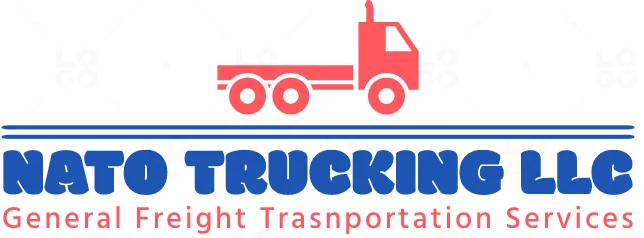how to quote freight lanes
Quoting freight lanes involves several steps and considerations to ensure accurate and competitive pricing. Here’s a comprehensive guide on how to quote freight lanes effectively:
Quote Your Freight With Nato Trucking llc Check On Main Page Contact us today !
- Gather Shipment Information:
- Origin and Destination: Determine the exact pickup and delivery locations, including city, state, and zip codes.
- Freight Type and Dimensions: Identify the type of goods being shipped, such as dry van, refrigerated, or flatbed. Measure the shipment’s length, width, and height accurately.
- Weight and Volume: Weigh the shipment and calculate its cubic feet (volume).
- Special Handling Requirements: Determine if the shipment requires any special handling, such as liftgate service or hazardous materials handling.
- Evaluate Market Conditions:
- Seasonality: Consider seasonal fluctuations in demand and pricing. Peak seasons may result in higher rates.
- Fuel Prices: Monitor current fuel prices, as they significantly impact transportation costs.
- Economic Factors: Understand the overall economic climate, as it can affect freight demand and carrier availability.
- Utilize Freight Rate Tools:
- Freight Rate Databases: Access freight rate databases like DAT, Truckstop.com, or RateView to gather historical and current rates for specific lanes.
- Freight Quote Platforms: Use online freight quote platforms to compare rates from multiple carriers and receive instant quotes.
- Consider Carrier Factors:
- Carrier Network: Assess the carrier’s coverage in the desired shipping lane and their reputation for reliability and service.
- Carrier Type: Differentiate between asset-based carriers with their own trucks and non-asset-based carriers who broker loads to other carriers.
- Carrier Capacity: Evaluate the carrier’s ability to handle the shipment’s size, weight, and handling requirements.
- Calculate Base Rate:
- Distance-Based Rates: For truckload shipments, use distance-based rates, typically calculated per mile or per hundredweight (CWT).
- Class-Based Rates: For LTL shipments, use class-based rates, determined by shipment density, weight, and destination zone.
- Apply Adjustments:
- Fuel Surcharges: Account for fuel surcharges based on current fuel prices.
- Accessorial Fees: Include any additional fees, such as liftgate service, pallet jacking, or detention charges.
- Negotiate Rates: Negotiate with carriers to secure competitive rates based on factors like volume discounts, long-term contracts, or specialized handling expertise.
- Present Freight Quote:
- Transparency: Provide a clear and transparent breakdown of the freight quote, including base rate, adjustments, and total cost.
- Service Options: Outline the service options offered, such as transit time, insurance coverage, and tracking capabilities.
- Terms and Conditions: Clearly state the terms and conditions, including payment terms, cancellation policies, and liability limitations.
- Monitor and Review:
- Track Market Trends: Continuously monitor market trends, fuel prices, and economic conditions to adjust quotes accordingly.
- Review Carrier Performance: Regularly review carrier performance metrics, such as on-time delivery, damage rates, and customer satisfaction.
- Optimize Pricing Strategy: Continuously refine your pricing strategy based on market dynamics, carrier relationships, and customer feedback.

